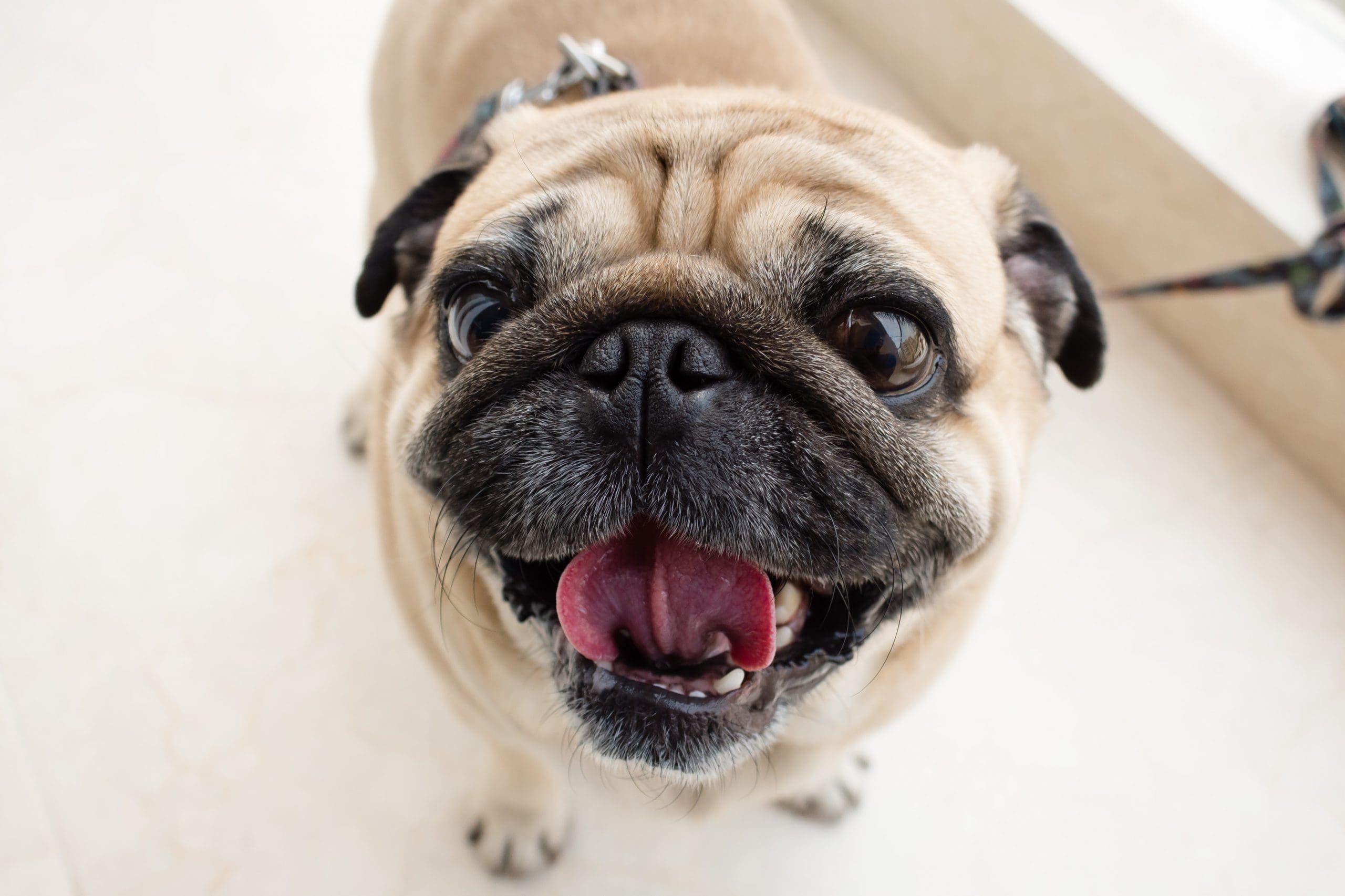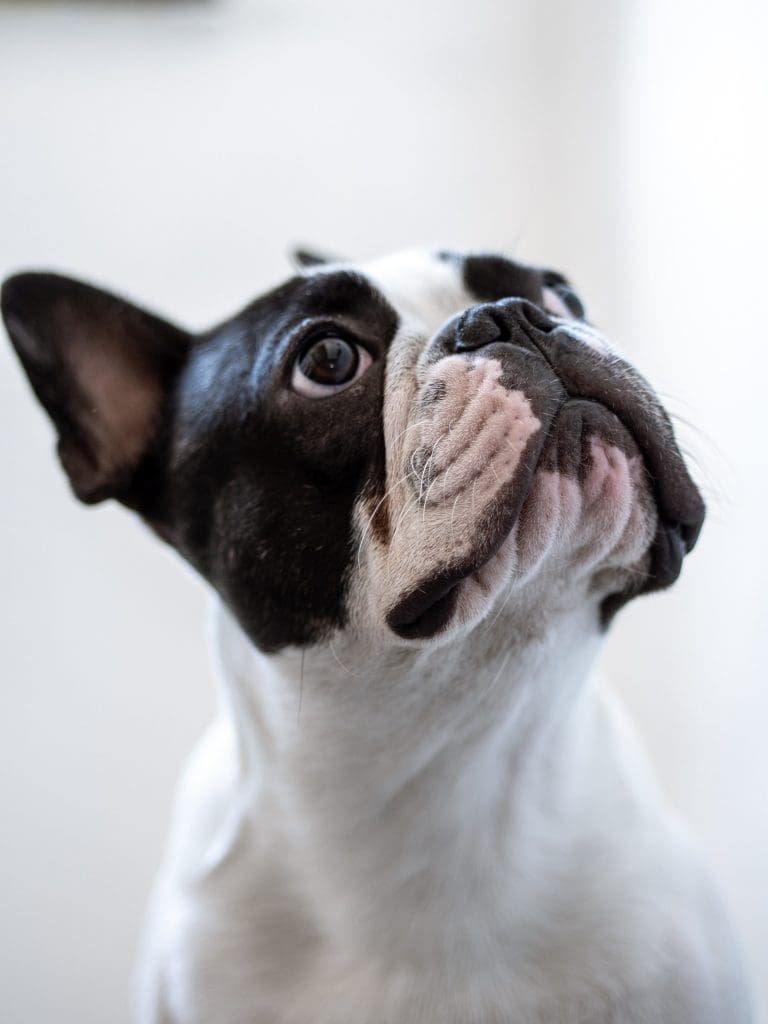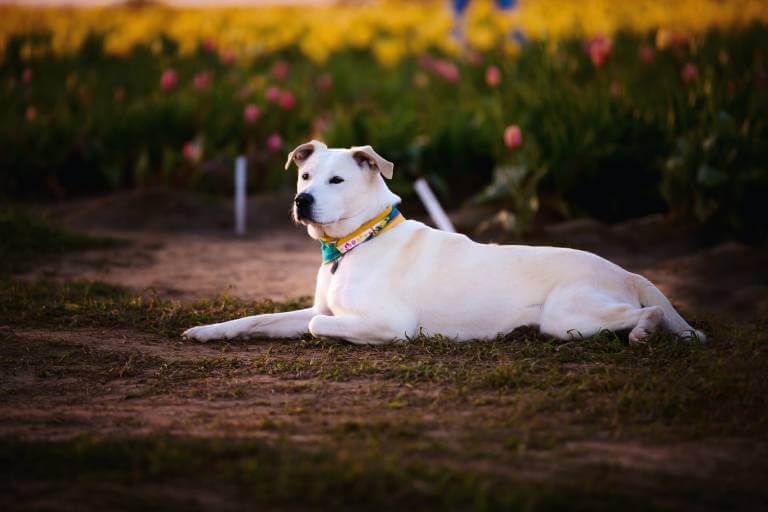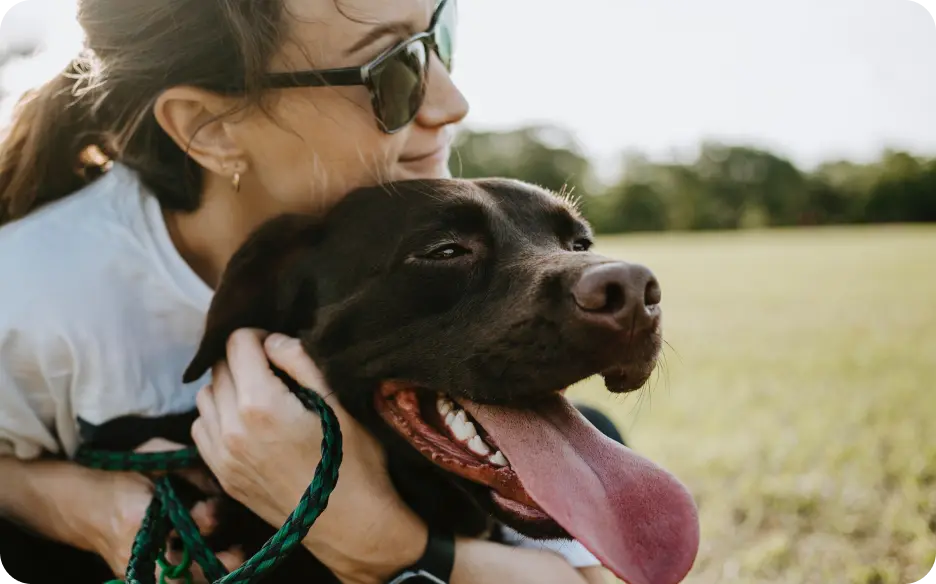Why Do Dogs Pant In The Car?
Post Date:
December 10, 2024
(Date Last Modified: December 13, 2024)
When you hop in the car with your dog, you might notice them panting. This behavior can raise questions and concerns for many dog owners. Is it a sign of distress or excitement? Understanding the reasons behind this behavior can help ensure your furry friend is comfortable and safe during car rides.
Natural Temperature Regulation
Panting is a natural response for dogs. Unlike humans, dogs do not sweat through their skin; instead, they regulate their body temperature primarily through panting. By breathing quickly and shallowly, they cool down as moisture evaporates from their tongues and respiratory tracts. In a car, where temperatures can rise quickly, even with the air conditioning on, this cooling mechanism becomes essential.
Signs of Stress or Anxiety
Panting can also indicate other feelings or physical states. Observing your dog’s overall demeanor is crucial. If they are panting heavily while appearing anxious or restless, it may signal stress or discomfort. Past experiences, motion sickness, or simply being in an unfamiliar environment can cause anxiety during car rides. Recognizing these signs allows for timely interventions to prevent escalation.
Excitement and Overstimulation
Excitement can be another reason for panting. Dogs may become overly stimulated by the sights and sounds outside the car. The rush of new experiences can lead to a burst of energy, resulting in panting. During these moments, it’s vital to keep your dog calm and focused. Calming music or familiar scents can help soothe them during the ride.
Breed Differences
Different breeds have varying tendencies to pant. Brachycephalic breeds, such as bulldogs and pugs, are particularly prone to panting due to their unique facial structures. Their short snouts can make it more challenging for them to breathe efficiently, especially in warm environments. Monitoring their breathing closely during car rides and taking extra precautions to keep them cool and comfortable is essential.
Motion Sickness Considerations
Motion sickness can lead to excessive panting in dogs. Just like humans, dogs can experience nausea while traveling. Signs of motion sickness, such as drooling, whining, or vomiting, may accompany panting. Consulting your veterinarian about possible solutions, such as anti-nausea medications or behavioral modifications, can help your dog feel more at ease during car rides.
Creating a Comfortable Environment
Creating a comfortable environment in the car significantly impacts your dog’s behavior. Regulating the temperature and providing a secure, cozy space, like a pet seat cover or crate, can enhance their comfort. Familiar blankets or toys can also instill a sense of security. A well-ventilated car with a comfortable setup makes a noticeable difference in how your dog feels during the ride.
Distinguishing Normal Panting from Distress
While panting is natural, distinguishing between normal panting and signs of distress is crucial. Excessive panting accompanied by agitation, such as pacing, whining, or attempts to escape, warrants a safe pull-over to assess the situation. Offering water, taking breaks, or employing calming techniques can help ease their anxiety.
Regular Veterinary Check-ups
Monitoring your dog’s panting behavior is essential, especially if you have concerns. Regular veterinary visits ensure your dog is healthy and free from underlying medical conditions that could contribute to their panting. Discussing car travel with your vet can offer insights tailored to your dog’s specific needs.
Training for Comfort
Gradually acclimating your dog to car rides can help reduce anxiety. Start with short trips to positive destinations, like the park or a friend’s house. Rewarding calm behavior with treats or praise reinforces positive associations with car rides, leading to a more relaxed and confident travel experience over time.
Safety First: Never Leave Your Dog Alone in the Car
Being aware of how the car environment affects your dog is essential. Never leave them alone in the car, especially on warm days. Even with the windows cracked, temperatures can rise rapidly, leading to serious health issues. If you plan to stop, bringing your dog along is always the safest option.
Consider Age and Health
Age and health status should also be considered. Older dogs may have more difficulty regulating their body temperature and could pant more frequently. Dogs with specific medical conditions, such as heart or respiratory issues, may be more susceptible to panting in stressful situations. Regular veterinary check-ups help keep you informed about your dog’s health and any specific considerations for car travel.
Monitoring and Adjusting for Comfort
As you prepare for your next trip, consider your dog’s needs. Pay attention to their reactions during the ride and make necessary adjustments for their comfort. Thoughtful planning contributes to enjoyable and safe travel experiences.
Understanding why dogs pant in the car equips you to better respond to their needs. Each dog is unique, and their responses to travel may vary. With patience and care, you can help your furry friend feel at ease, turning every journey into a pleasant adventure.






